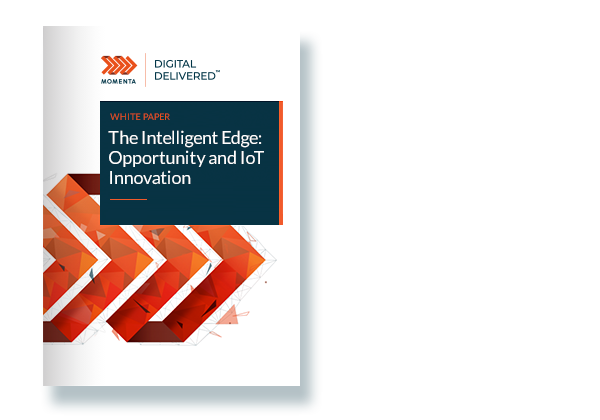Overview of the drivers, definitions, benefits and challenges of Edge computing technologies
Executive Summary:
The concepts around Edge computing are not new but are increasingly relevant as IoT-connected digital systems scale and become increasingly autonomous. Interest in, and demand for, more powerful real-time data analytics fuels interest in an evolving architectural paradigm that harnesses the advantages of powerful centralized data centers with the nimbleness and flexibility of devices positioned at the physical edge. There are technology and business reasons driving interest in variants of Edge computing. With often overwhelming volumes and velocity of sensor data and endpoint data, it’s neither cost effective nor practical to rely on centralized data centers for processing and analysis. Edge computing enables raw data to be filtered and aggregated as it’s generated, with only the most important data sent to the data center for deeper analysis. This approach reduces the costs of data ingestion and network latency.
Key Topics:
- Back to the first principles of Industrial IoT
- The key role of intelligent edge
- Cyber Security belongs top of mind
- The promise of blockchain/distributed ledgers
- Edge computing as the future of hybrid IoT architecture
- Edge computing IoT use cases
Do you want to speak to one of our experts?


